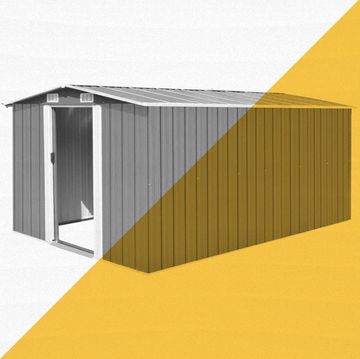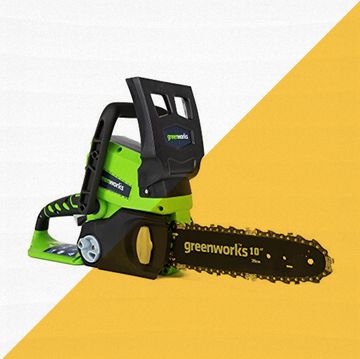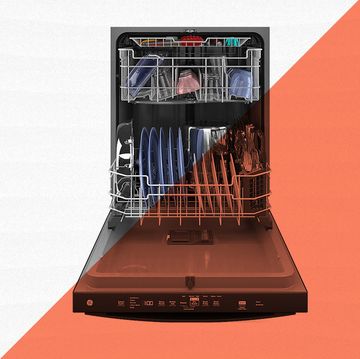Have you shopped for paintbrushes at a home center recently? If not, you're in for a shock. The average home center and hardware store carries dozens of paintbrushes in a seemingly unlimited variety of sizes, shapes, prices, materials, lengths, and bristle types. Choosing the right paintbrush is nearly as difficult as picking the right paint color.
Fortunately, you need only a few brushes to cover the vast majority of DIY painting chores. So here are four things to keep in mind next time you go shopping for a paintbrush:
Bristle Type: Paintbrushes come with two basic types of bristles (sometimes called filaments): natural and synthetic. Natural bristles are made from some sort of animal hair, such as hog or badger. Synthetic bristles are often made from nylon, polyester, or a combination of both. Natural-bristle brushes are best for applying oil-based alkyd paints, and synthetic-bristle brushes are recommended for water-based latex paints. If you try to apply latex paint with a natural-bristle brush, the bristles will absorb the water in the paint and become extremely limp, making it virtually impossible to spread the paint.
Some synthetic brushes can be used to apply both latex and alkyd paints. Be sure to check the packaging on the brush to ensure it's compatible with the paint you're using.
Brush Width: Brushes come in a wide variety of widths, commonly ranging from about 1 inch to 5 inches. Obviously you can apply more paint with a wider brush, but you should always match the brush width to the surface being painted. And it's best to choose a brush that's slightly narrower than the surface. For example, if you're painting a 4-inch-wide window casing, use a 3-1/2-inch-wide brush. A brush measuring 4 inches or wider will overlap the edges of the casing and drip paint.
Bristle Shape: Most paintbrushes available today are square-cut brushes. They're perfect for holding and laying paint onto virtually any surface. However, square-cut brushes don't provide as much control when painting into corners, up to adjacent surfaces, or along narrow edges or surfaces. For more precise control, use a sash brush, which has its bristles cut at a slight angle. Sash brushes are particularly well-suited for cutting in around the perimeter of a room.
Bristle Tips: Better quality brushes have bristles with flagged, or split, ends. Flagged bristles hold more paint and spread paint more smoothly. Some brushes, especially sash brushes, have tipped ends, which should not be confused with flagged ends. Tipped brushes come to a point; they're not cut flat and straight, as is a standard brush.
Professional painters favor tipped brushes because they provide greater control and allow you to apply paint more precisely.
Bonus—Your Starter Kit: As noted, picking brushes depends on the particular surface, room, or project you're tackling. But, if we were going to suggest a starter kit, it would include:
1-1/2-inch, 2-1/2-inch, and 3-inch sash brush
1-inch, 2-inch, 3-inch, and 4-inch straight brush
With those seven brushes, you could tackle most painting jobs.













